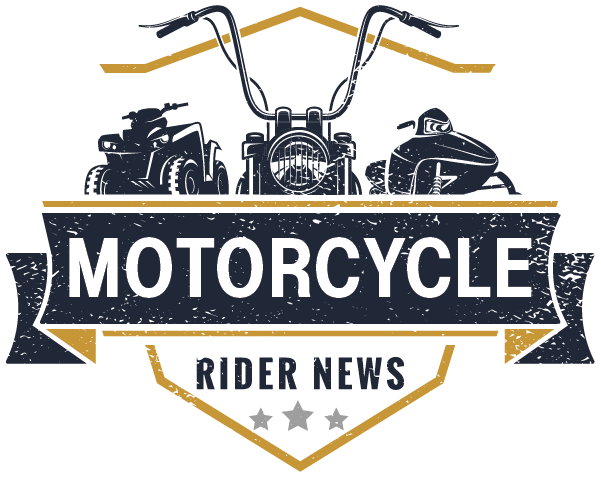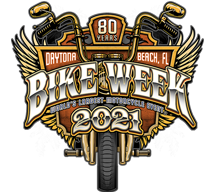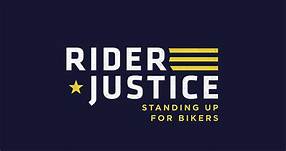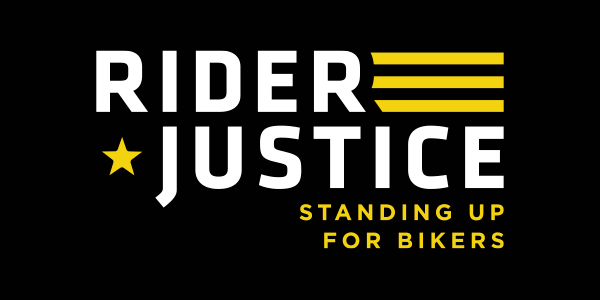By: Belt Drive Betty
Rider safety is about a whole lot more than what happens on the road, once you are physically riding. How you prepare to ride is just as important as the skills you need once you are on the road.
Before you get on your motorcycle for the first time each year, there are a few things you need to remember:
1. Check your motorcycle’s fluids, brakes, signals, tire pressures and belt/chain tension.
a. Check the health of the battery in your bike and in your key fob.
b. Check your saddlebags and make sure you have your tool kit and an extra liter (quart) of oil with you.
c. Remember if you haven’t ridden your bike for a while (5 to 7) that is not healthy for you or your motorcycle. Give your baby a good thorough going over and some TLC before demanding it perform.
2. Unless you were lucky enough to head down south and ride all winter, Your skills can be rusty.
a. Practicing in a parking lot, just to refresh your skills a little is a good idea. Practice that fast stop and going around an obstacle, don’t be scared to refresh your skills, your very life depends on it. It’s amazing what a half hour worth of parking lot time can do to get you prepared for the drivers who have forgotten you exist!
3. Pick the time of day you are heading out wisely. If you are aware of the potential dangers and remain hyper vigilant, everything is likely to be just fine.
a. mornings rides are frosty and slippery and can also become very foggy by rivers and large bodies of water. Lots of people are rushing to work if you live in or close to a community or city.
b. Late afternoons offer nice temperatures but also lots of traffic as people head home from work.
c. Evening riding can also present frosty temperatures and fog that can become your enemy.
4. Dress and pack appropriately:
a. Spring and fall can be challenging times to ride because of the fluctuating temperatures. The mornings are cold, and the roads can still have frost on them, and any debris will also be frost covered. Paint on the road at stoplights/signs, in turning lanes will be extra slippery, as will railway tracks and manhole cover.
b. Make sure you pack a hoodie or long sleeve shirt, a toque, your rain gear, boot covers, an extra pair of socks, long underwear, lip balm & sunblock (yes, even this time of year sun and wind burn happen). When it comes to gloves, pack warm weather, mixed weather and cold weather gloves with you. If you have electric gear, take it with you, these are the days you bought it for, to extend your riding season. Yellow night driving glasses, good sun glasses and goggles if you aren’t wearing a full-face helmet. Make sure your bandana is packed to cover your face and neck.
c. And don’t forget a bottle or two of water and some powdered electrolytes to go in it.
Staying warm, hydrated, and getting out of town onto the highways where there will be less potholes and less erratic driving (as people try to dodge said potholes) will most likely make that first few rides a whole lot more pleasant and safe.
Remember to ride like everyone around you is blind and cannot see you!






